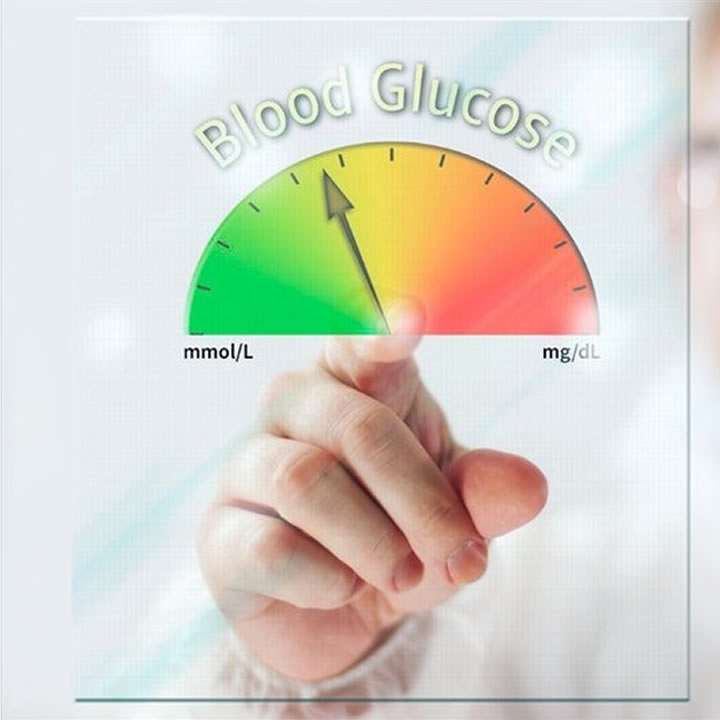If you have diabetes, you need to be aware of what your blood glucose levels are and how to control them. Having a high blood sugar level can lead to dangerous complications.
Diabetes is a chronic disease that can lead to heart problems. It damages the blood vessels, so even minor wounds can turn into deeper ulcers. If an ulcer is not treated, it may lead to amputation of the affected limb.
In addition to these serious complications, diabetics are prone to foot and skin. Foot problems are often not noticed until they’ve caused severe damage or infections. These complications are more likely to occur if blood sugar levels remain too high.
Self-testing your blood glucose levels is one of the most important habits for someone with diabetes. The tests can help you monitor your glucose levels. Having this information can help you plan your meals and exercise accordingly.
In this article, we are going to discuss the importance of checking blood glucose levels in diabetes.
What Are Blood Glucose Levels?
A person’s blood glucose level is a measure of how much glucose is in the bloodstream. It is also known as glycemia. Your body gets glucose from carbohydrates, which are the starches and sugars in foods.
This substance provides energy and fuel for your body. However, too much sugar in your blood is not good and often results in diabetes. Because of this reason, you need to maintain your blood glucose levels.
Normal blood sugar level before meal or fasting is 100 mg/dL. Two hours after a meal, the level should be 140 mg/dL. For people without diabetes, the blood sugar level can be around 70 to 80 mg/dL.
High blood glucose is also known as hyperglycemia and can negatively affect people with diabetes. You can now check your blood sugar level at home to keep your diabetes in control. It is essential to check your blood sugar before and after meals.
Depending on your age and the type of diabetes you have, your doctor will set a target range for your blood glucose levels. The goal is to stay within this range. This range is important because high blood glucose levels can lead to serious complications.
These complications can include kidney damage, heart disease, and blindness.
How to Check Your Blood Glucose Levels?
When you have diabetes, it is essential that you check your blood glucose levels regularly.
Your family doctor will determine the best times for you to check your blood sugar. It is also important to record your results. You can print a chart that helps you keep track of how often you check your blood glucose.
Take your results to your doctor so they can adjust your medications accordingly.
Blood glucose tests can be performed by using a finger prick or a testing strip. These methods require a small needle called a lancet. A small amount of blood is placed on a test strip, which is then placed into a monitor for testing.
The monitor will show your current blood sugar level.
A glucose monitor gives you results within seconds. It also stores your results and can notify you if they’re out of range.
This way, you can see how your glucose levels are changing over time and make adjustments accordingly. Moreover, you can use your meter while exercising and sleeping. A meter will give you a more accurate picture of your glucose levels than a finger prick.
Why Is Blood Glucose Monitoring Important In Diabetes?
Blood glucose monitoring is useful for diabetics, as it provides real-time information on the glucose levels in the blood. This can help you to better manage your diabetes and recognize other factors that could lead to a glucose level above your target range.
In addition, it can help you achieve your glucose targets and avoid complications associated with it.
Provides Detailed Information
Blood glucose monitoring can provide detailed information about blood glucose fluctuations, which is useful for monitoring hypoglycemia and other diabetes-related problems. It can also help physicians adjust medication or dietary changes based on blood glucose levels.
These data can also help prevent or diagnose hypoglycemia and improve control.
Helps to Manage Diabetes
Monitoring your blood glucose levels is one of the most important steps you can take when managing your diabetes. It is also a way for you to tell your doctor if your treatment is working or not. If your blood sugar level is high, your doctor may change your medication.
In addition to regular testing, a proper diet and physical exercise can help maintain a healthy glucose level.
Helps to Make Better Food Choices
If you have diabetes, checking your blood glucose levels can help you make better food and medication choices.
Knowing your target range will help you adjust your diet and insulin.
Your healthcare team will also be able to tell you how frequently you should check your glucose levels. It is important to check your glucose levels at least twice a day, and if you’re taking insulin, you should test your blood glucose levels every three hours.
Helps to Achieve Glucose Target
Blood glucose monitoring helps you achieve your glucose targets in diabetes by monitoring blood glucose levels. It is an increasingly popular method for managing diabetes. It gives users the insight they need to make lifestyle changes that will better control blood sugar.
Helps Doctors to Provide the Best Treatment
Glucose monitoring is a vital tool for people with diabetes. Moreover, it gives physicians a complete picture of blood sugar control, allowing them to make better decisions about treatment and avoid potentially harmful complications.
Identifies Blood Sugar Trends
It also helps identify trends in blood sugar, enabling them to act immediately to prevent hypoglycemia. It can also help them predict if someone has a higher risk of hyperglycemia, allowing them to alter their medication, physical activity, and diet to control their glucose levels.

